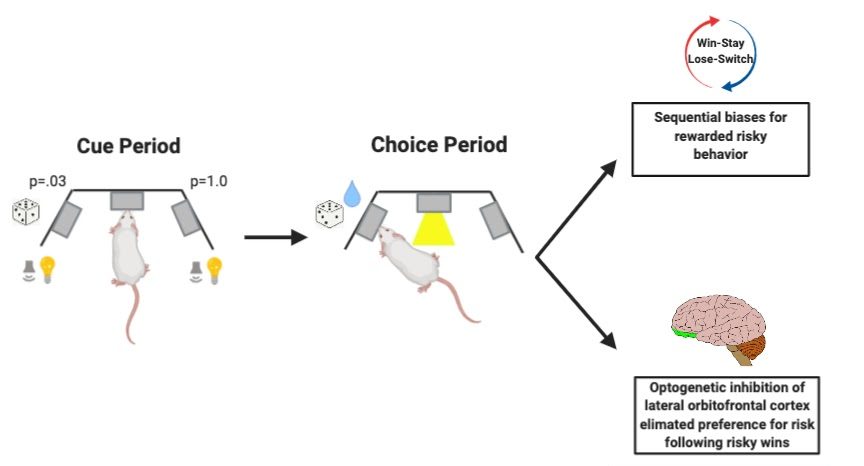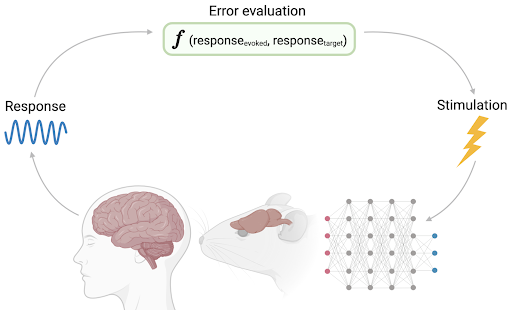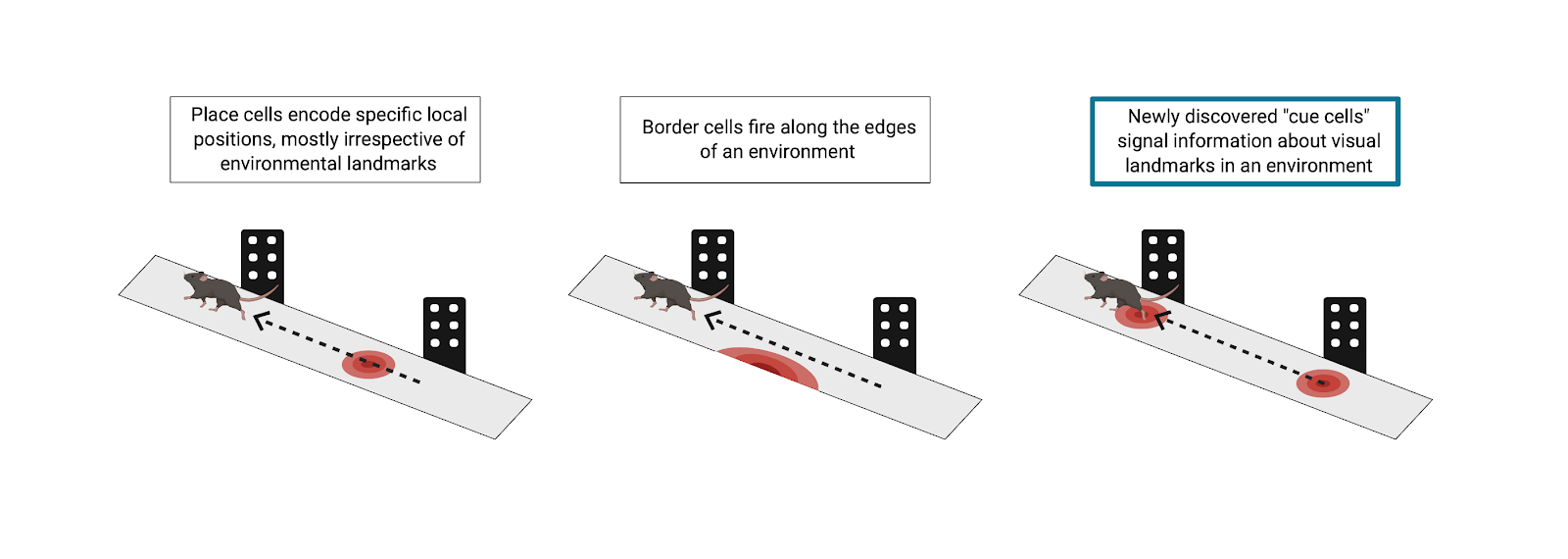Review written by Jess Breda (PNI)
Have you ever wondered how information is transferred from one brain to another? This process can occur in a variety of ways, from verbal storytelling to simple hand gestures, and across different backgrounds, such as a flight attendant instructing a first time flyer, or a casual conversation with a friend. We gain information from others on a daily basis. However, to study this on a biological level requires the complicated task of recording from two brains experiencing the same stimuli and aligning their activity in time.
Continue reading



